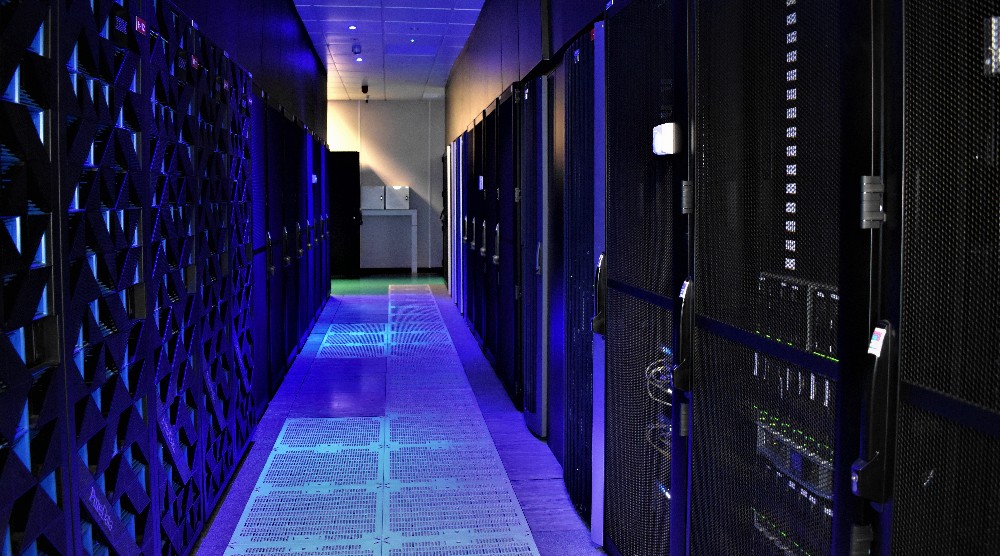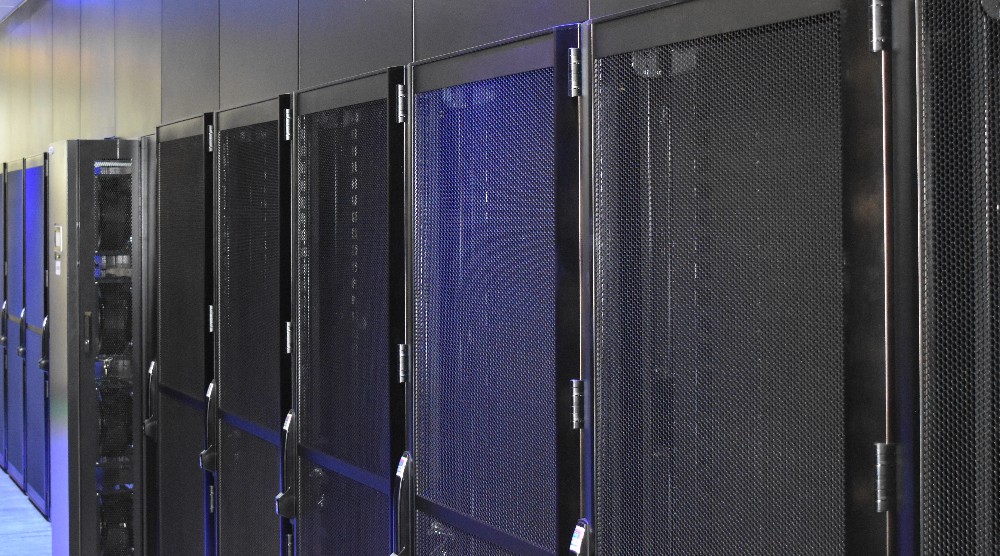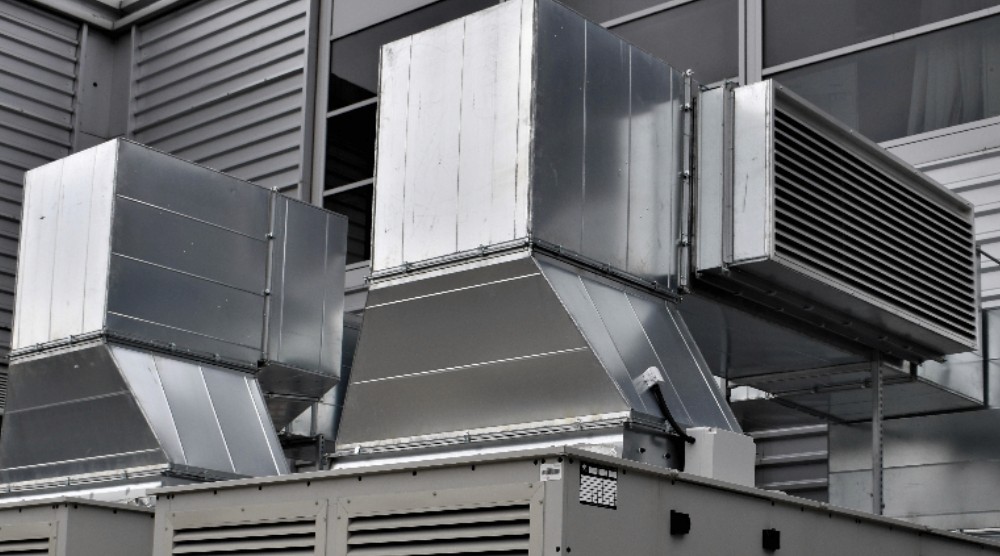
BRIEF
Our award winning OREO energy optimisation programme is an energy saving initiative to target several sites across an estate which are consuming excessive energy. The objective is to demonstrate and prove the benefits of OREO in terms of PUE and energy performance change. Project energy saving is maximised for minimum investment spend producing impressive Return on Investment (ROI) figures. The scoping and delivery programme focuses on feasibility studies, development of energy models, detailed design and high quality delivery processes in existing or new data centre environments. Energy efficiency and reduction is on the forefront of modern engineering and InfraNorth have a track record of delivering all scale projects, utilising an extensive range of energy improvement methods.
• Existing site ‘Power Usage Effectiveness’ (PUE) is benchmarked at 1.62 and the predicted new PUE is estimated at 1.48.
• Estimated annual energy savings are £127,342.
• First month projected savings were estimated at £10,612 and the actual savings were £12,571.
• Predicted ROI is 4.0 years
The project begins with a full facility survey from our highly experienced engineering team. This survey captures information on all existing assets, assesses site infrastructure and reviews the energy profile of how the site is currently performing.
Understanding the performance of existing mechanical cooling assets, existing controls logics and implementation of new technology cooling methods provide a strategic approach to lower room level power consumption and impact site PUE.
As part of this specific project, the main objective was to reduce the run hours of the chilled water system and the various DX systems installed across the site. The facility is a key site in the area with large amount of IT equipment serving over 6,000,000 customers therefore risk assessments and highly detailed strategic planning was required.
Direct fresh air systems, totalling 350kWc capacity, were installed to reduce the run hours of the chilled water system and several other DX systems. These fresh air systems were installed with economiser modules to allow the mixing of air in low ambient conditions.
High specification control panels were provided complete with full power monitoring. The controls software logic isolates ‘+1’ modules and prioritises the higher efficiency cooling systems as well as providing visibility and management of the environment via remote dashboards.
The fans inside existing DX-CRAC systems were replaced with new EC fan technology to lower module energy consumption. These have a smaller motor for the same duty requirement and with built in electronic control on EC fans there is now the possibility of demand led control with the minimum power requirement.
All rooms were optimised by rack blanking and floor blanking to improve air flow distribution. The rooms are also now equipped with new VESDA aspirating smoke detection with continuous air sampling providing the earliest warning of an impending fire hazard inside and outside the building.

